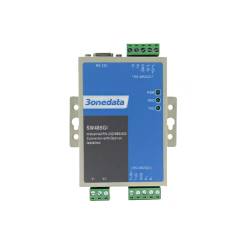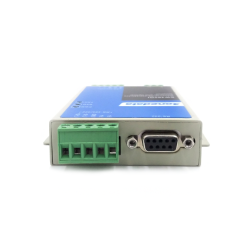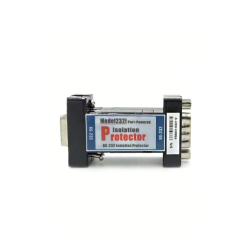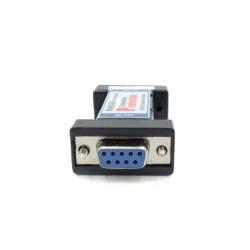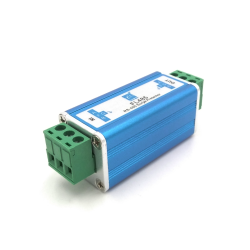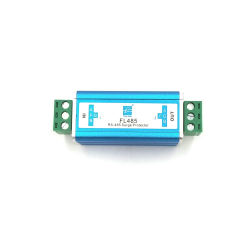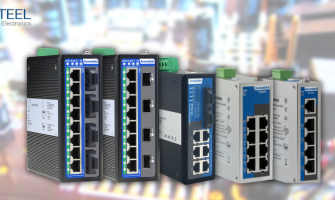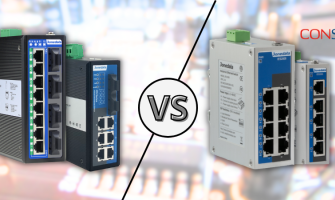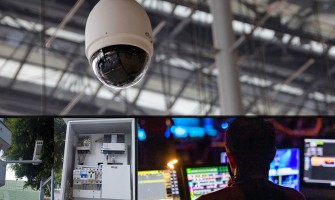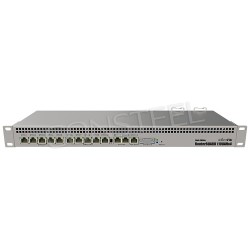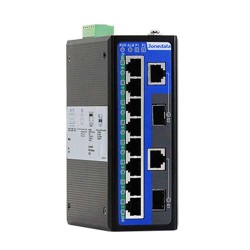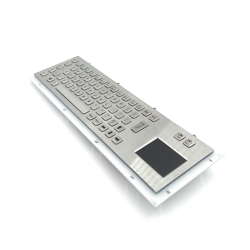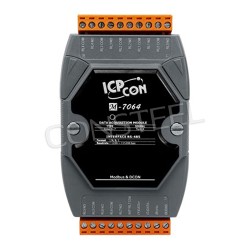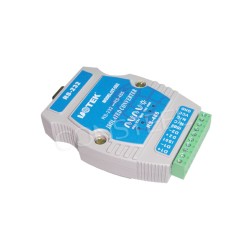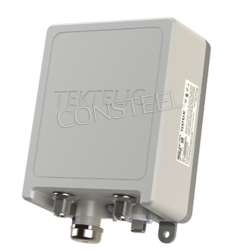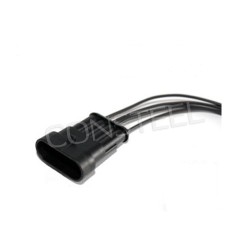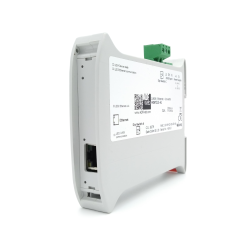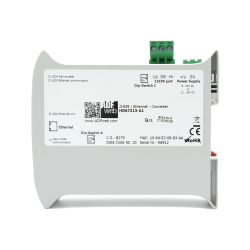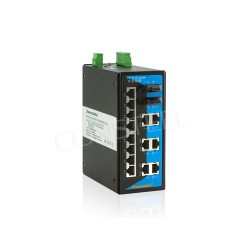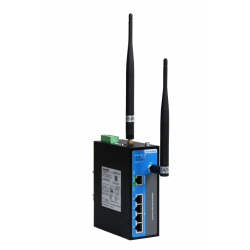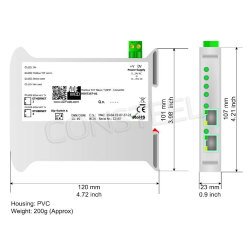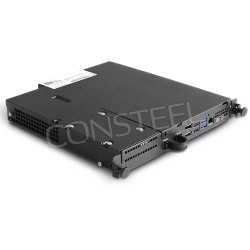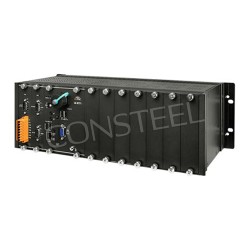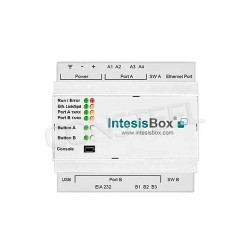Increase bus signal strength with a repeater

In today's digitally connected world, reliable communication is of paramount importance, whether it's over a local network, a data center or even a public transportation system. When it comes to transmitting data signals over a bus, maintaining signal integrity over long distances can be a challenge. Fortunately, an effective solution is the use of repeaters. These devices play a key role in amplifying signals, extending their range and ensuring reliable communication across the bus network.
Understanding bus signal strength
Before delving into the specifics of repeater, it is necessary to know the basics of bus signal transmission. In bus topology, all devices are connected to a single communication line, usually called a bus. Data signals are transmitted along this bus, and each device listens to the passing signals, selectively responding to those intended for it. However, signals propagating along the bus inevitably weaken due to factors such as resistance, impedance and electromagnetic interference. Over long distances or in environments with significant noise levels, these weakened signals can become unreliable, which can lead to data loss or corruption.

How to increase the signal on the bus? The role of the repeater
Repeaters serve as signal boosters in a network with bus topology. Placed strategically along the bus, these devices receive incoming signals, amplify them and retransmit them with their original strength. In this way, repeaters effectively extend the range of the bus, compensating for signal degradation and ensuring that data reaches its intended destination with minimal loss or distortion. There are two main types of repeaters are Repeater RS-485 and Repeater RS-232.
Repeater RS-485 is a device used to extend the range of an RS-485 network or increase the number of devices that can be connected to the network. Repeater rs485 has the basic function of amplifying the signal to compensate for attenuation over long distances. RS-485 can typically operate over distances of up to 1,200 meters, but beyond certain distances the signal can deteriorate. Repeaters help extend this range by boosting the signal. A Repeater RS-485 is often equipped with multiple ports, allowing multiple RS-485 devices to be connected. This makes it possible to create larger networks with more devices with stable signal without loss.
In the context of RS-232 communication, a repeater performs a similar function to that of RS-485 communication, but with some differences due to the nature of RS-232 signaling. The main purpose of an RS-232 repeater is to amplify the signal in order to overcome losses caused by long cables. RS-232 signals deteriorate with distance due to attenuation, and an RS232 repeater helps maintain signal integrity. RS-232 communication is usually limited to relatively short distances, often here around 15 meters or less. The use of an RS232 repeater allows this distance to be extended by regenerating the signal. There are often repeaters available on the market that support RS232 and RS485 communications simultaneously such as the industrial repeater SW485GI
Installing a repeater: best practices
Effective repeater deployment requires careful planning and consideration of various scenarios. Here are some best practices to follow:
Evaluate signal strength: Before deploying amplifiers, conduct a thorough assessment of the signal strength that exists on the bus. Identify areas where signal degradation is most pronounced, such as remote endpoints or sections prone to interference.
Strategic placement: Position repeaters strategically to maximize their effectiveness. Concentrate them in areas where signal attenuation is significant, ensuring adequate coverage of the entire trunk network.
Optimize your configuration: Configure repeaters according to the specific requirements of the bus network. Adjust parameters such as gain level, signal delay and noise filtering to achieve optimal performance without introducing unnecessary delay and distortion.
Sure compatibility: Make sure repeaters are compatible with the communication protocols and data rates used in the bus network. Choose devices that support the required signaling standards and can integrate seamlessly into existing infrastructure.
Regular maintenance: Perform regular maintenance and monitoring to ensure the continued reliability of the repeaters. Check for signs of wear and tear, update firmware if necessary, and recalibrate settings to account for changes in the network environment.
Benefits of repeater deployment
Repeater implementation offers several significant benefits for bus-based communication systems:
Increased signal integrity: By amplifying signals and mitigating attenuation, the amplifiers ensure consistent and reliable communication across the bus network.
Extended range: Repeaters effectively extend the range of the bus, allowing data to be transmitted over longer distances without degrading quality.
Increased reliability: With the use of repeaters, the likelihood of data loss or corruption due to signal degradation is greatly reduced, increasing the overall reliability of the bus network.
In the field of bus-based communication systems, repeaters play a key role in maintaining signal integrity, increasing coverage and ensuring reliable data transmission. By strategically deploying these devices and following installation and configuration best practices, enterprises can increase the performance and resiliency of their bus networks, facilitating seamless communications in a variety of environments. As technology continues to evolve, the importance of repeaters in optimizing bus signal strength remains as vital as ever.













